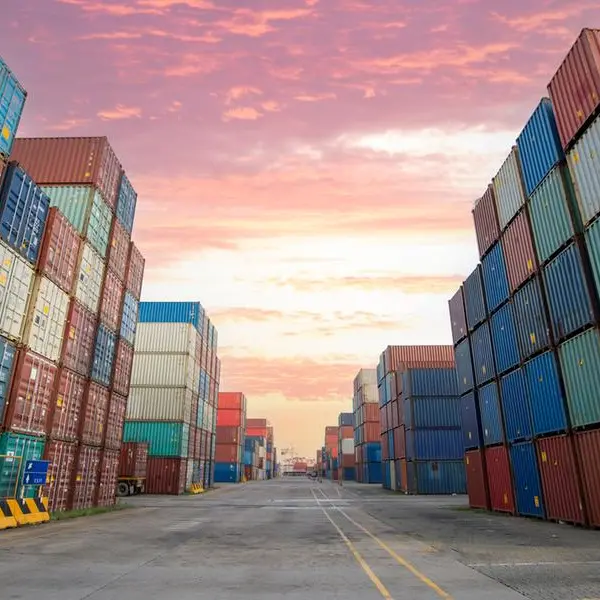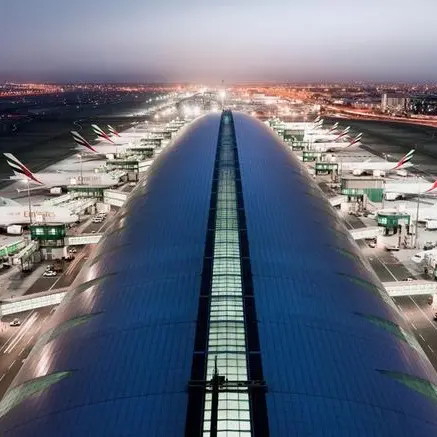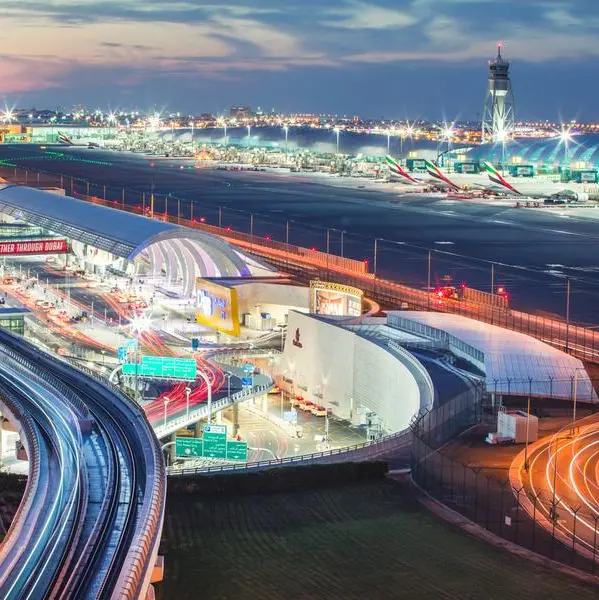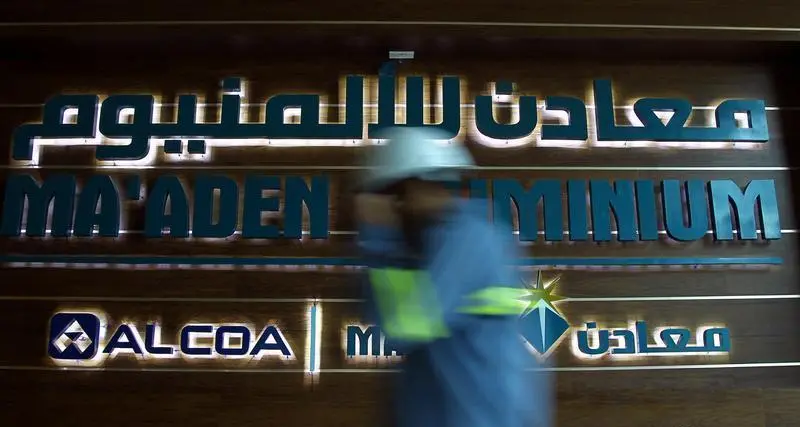Sunday, Aug 20, 2017
ABU DHABI: Abu Dhabi has allocated 15.43 per cent of its land and 13.45 per cent of its marine areas as protected areas in the emirate, according to an annual report from the Environment Agency-Abu Dhabi (EAD) released on Sunday.
The target was accomplished last year identifying 17 new marine and terrestrial protected areas in the Emirate of Abu Dhabi.
Mohammad Al Bowardi, EAD’s Managing Director, said, this year, “we have identified 17 new marine and terrestrial protected areas, now awaiting official declaration.
This means we have met our 2016 target of establishing 15.43 per cent land and 13.45 per cent sea as a protected area.”
The EAD helped achieve several objectives listed in the Abu Dhabi Plan, which is an articulation of the leadership’s vision of sustainable development.
With regards to air quality and climate change mitigation, Al Bowardi said: “In collaboration with the Ministry of Climate Change and Environment (MOCCAE), we have published the second Greenhouse Gas Inventory. This comprehensive study, not only identifies the principle sources of emissions, but also helps us to determine the relative impact of different policies on overall emissions. In our regulatory capacity, we will be working with key emitting industries to implement appropriate measures to curb emissions in the future.”
One of the key achievements in 2016 was the issuance of a law on the crucial issue of groundwater use in Abu Dhabi. The law will assist EAD in managing demand and supply to preserve this resource for the future, as it is essential to the security, cultural heritage and environment of the UAE.
With regards to declining fisheries stocks, EAD, in partnership with the Environment ministry, began studies on the fish stocks living near the sea floor in the Gulf, the agency said.
Razan Khalifa Al Mubarak, EAD’s Secretary General, said the agency has also improved irrigation efficiency and looked after 50,000 animals in forests of Abu Dhabi.
However, the latest report from the EAD also highlighted the environment challenges it faces.
For example, Abu Dhabi has more than 23,000 illegal dump sites. Official figures estimate that 8.5 million tonnes of waste was generated in Abu Dhabi in 2015, around 23,000 tonnes per day (of which, 99 per cent was non-hazardous and one per cent was hazardous).
Carbon emissions also rose by 16.3 per cent in the two years from 2010 to 2012 with the energy sector being the main generator, followed by industrial processes, then waste.
The projections show that it could rise even further from that 2010 level, by as much as 115 per cent by 2030 if mitigation plans are not put in place, the report said.
“However, we are targeting to lower future emissions by 38 per cent and identified a number of ways by which we could achieve this. This cut would bring Abu Dhabi in line with the globally agreed 2013 Minamata Convention on mercury reduction.”
The 2016-2020 plan covers Abu Dhabi’s current environmental status and priorities, with a focus on groundwater, air quality, climate change, waste, marine water quality, land quality, habitat loss and fisheries.
—15.43 per cent land and 13.45 per cent seas in the Emirate, earmarked as protected areas for sustainable developments.
—More than 50,000 native and non-native animals managed by EAD in Abu Dhabi forests.
—More than 82 per cent registered schools now recycle the paper, plastic and metal waste in the Emirate.
—Around 23,000 tonnes of waste is generated per day in the Emirate.
—More than 23,000 illegal dump sites in the Emirate.
Source: Environment Agency — Abu Dhabi
Staff Report
Gulf News 2017. All rights reserved.











